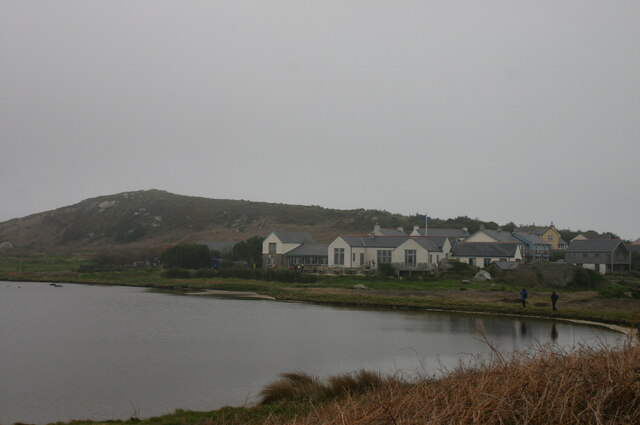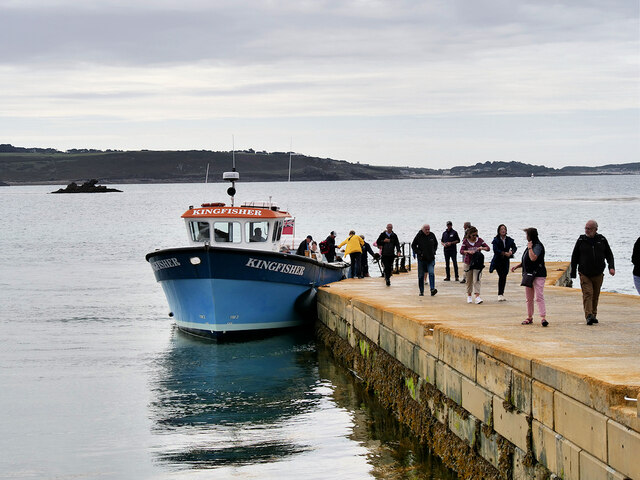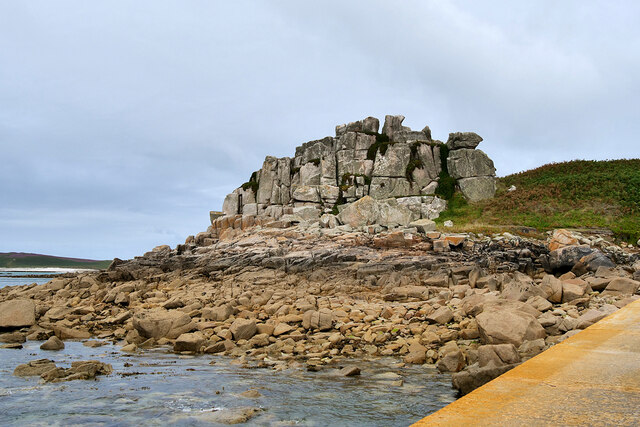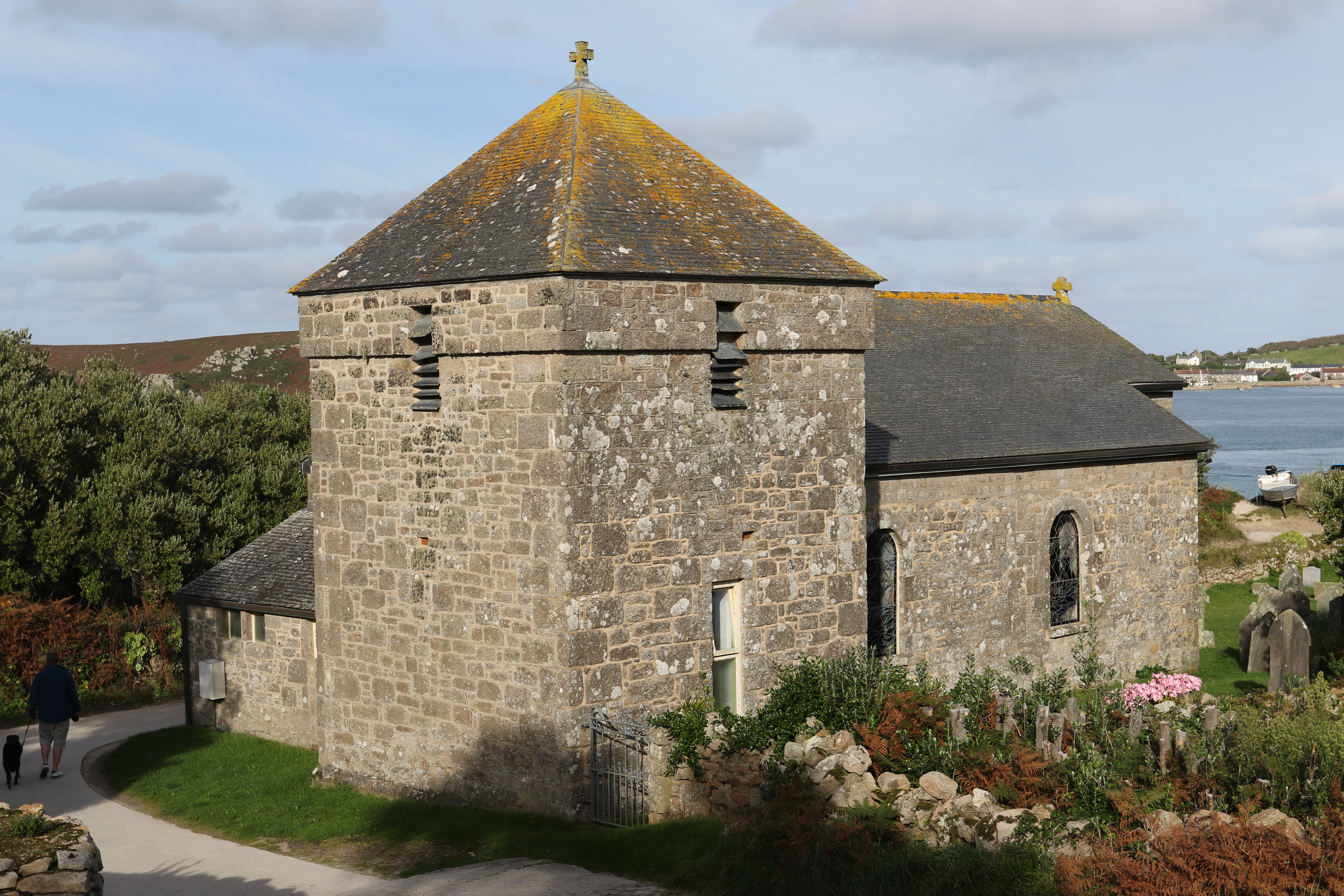Works Point
Coastal Feature, Headland, Point in Cornwall
England
Works Point

Works Point is a prominent headland located in the picturesque region of Cornwall, England. Situated along the rugged coastline, it offers breathtaking panoramic views of the surrounding area. The point juts out into the Atlantic Ocean, marking the westernmost tip of the county.
The headland gets its name from the nearby Works Cove, a small sandy beach nestled at the base of the cliff. This secluded cove is a popular spot for swimming, sunbathing, and picnicking. The beach is accessible via a steep and winding path that adds to its charm.
Works Point is a haven for nature enthusiasts, as it boasts a diverse range of flora and fauna. The coastal grasslands and rocky cliffs provide a habitat for various seabirds, including puffins, guillemots, and razorbills. It is also home to a variety of wildflowers, such as sea campion and thrift, which add vibrant colors to the landscape.
The headland is known for its dramatic geological formations, with towering cliffs that have been shaped by centuries of erosion. These cliffs offer a glimpse into Cornwall's rich geological history, showcasing layers of sedimentary rock that date back millions of years.
Works Point is a popular destination for hikers and walkers, with a network of coastal paths that allow visitors to explore the area's natural beauty. These paths provide stunning views of the open ocean, as well as opportunities to spot seals, dolphins, and even basking sharks on occasion.
Overall, Works Point in Cornwall is a captivating coastal feature that combines stunning natural landscapes, rich wildlife, and a touch of geological history, making it a must-visit destination for anyone seeking a true Cornish experience.
If you have any feedback on the listing, please let us know in the comments section below.
Works Point Images
Images are sourced within 2km of 49.944511/-6.3525645 or Grid Reference SV8714. Thanks to Geograph Open Source API. All images are credited.













Works Point is located at Grid Ref: SV8714 (Lat: 49.944511, Lng: -6.3525645)
Division: Isles of Scilly
Unitary Authority: Isles of Scilly
Police Authority: Devon and Cornwall
What 3 Words
///commit.threaded.paves. Near Bryher, Isles of Scilly
Nearby Locations
Related Wikis
All Saints' Church, Bryher
All Saints' Church is a Grade II listed parish church in the Church of England located in Bryher, Isles of Scilly. == History == Bryher is the most westerly...
Bryher
Bryher (Cornish: Breyer, lit. 'place of hills') is one of the smallest inhabited islands of the Isles of Scilly, with a population of 84 in 2011, spread...
Samson, Isles of Scilly
Samson (Cornish: (Enys) Sampson) is the largest uninhabited island of the Isles of Scilly, off the southwestern tip of the Cornish peninsula of Great Britain...
RNAS Tresco
RNAS Tresco was a Royal Naval Air Service base on Tresco, the second largest island in the Isles of Scilly. From February 1917 to May 1919 aircraft patrolled...
Nearby Amenities
Located within 500m of 49.944511,-6.3525645Have you been to Works Point?
Leave your review of Works Point below (or comments, questions and feedback).






